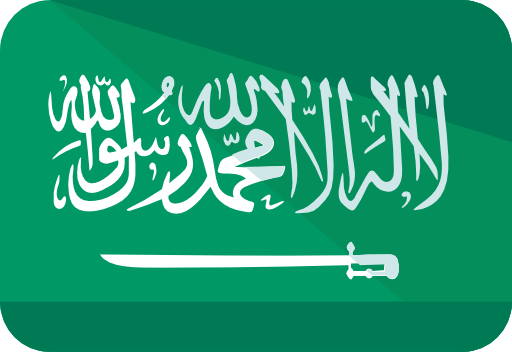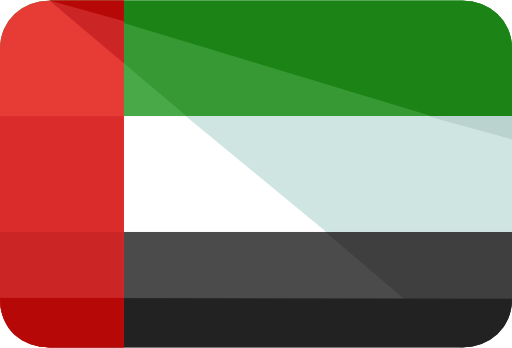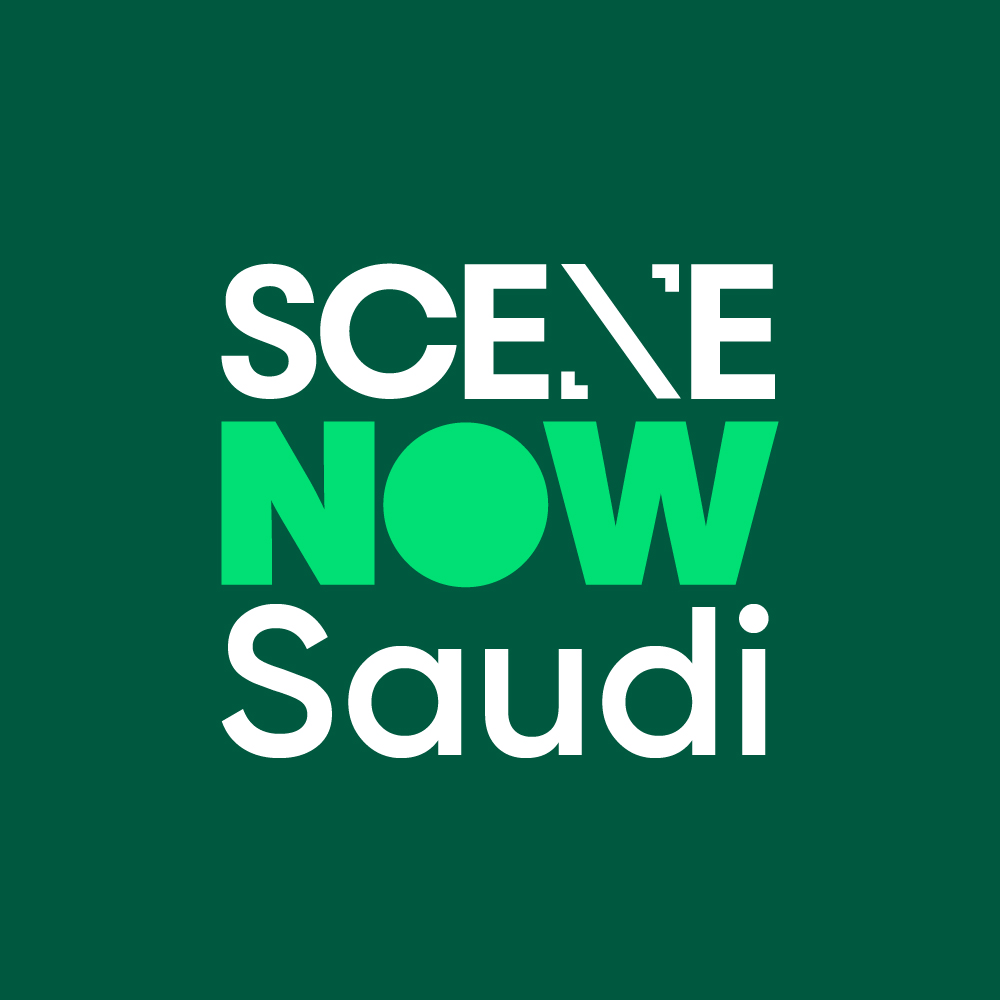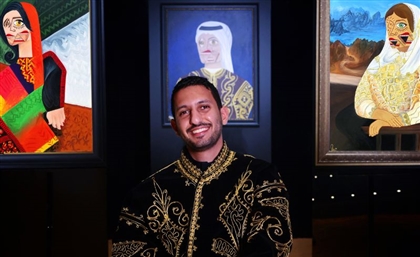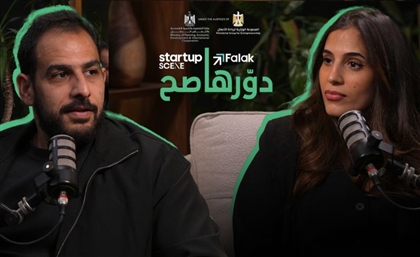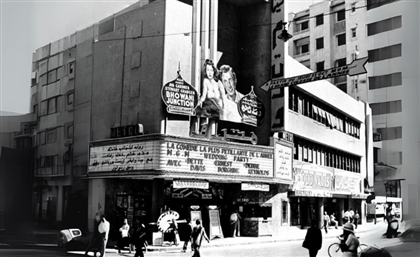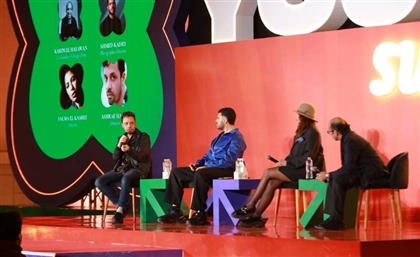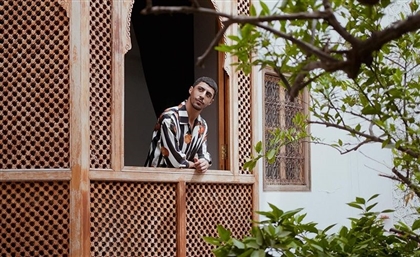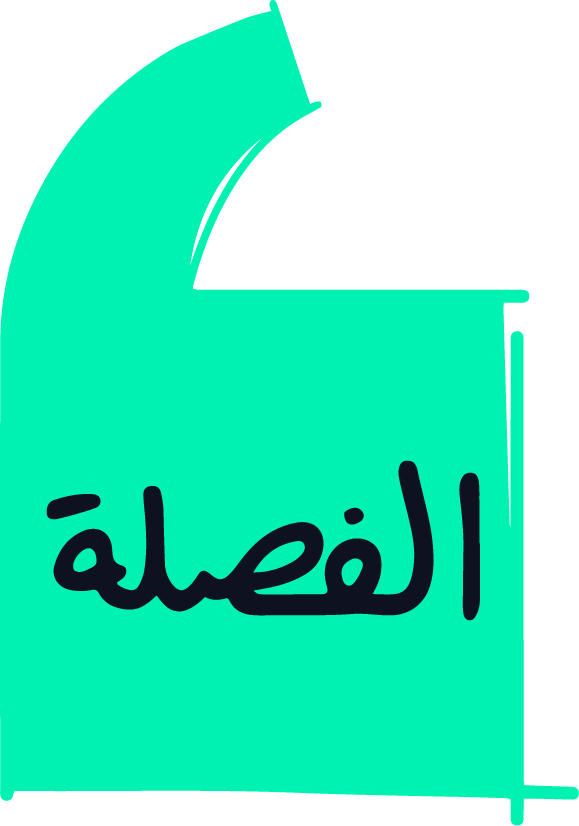First Saudi Pavilion in Milan Triennale is Born Out of Al-Ahsa
Lulu Almana and Sara Al-Omran curated ‘Maghras: A Farm For Experimentation,' weaving community voices from Al-Ahsa into a global conversation on how changing landscapes impact historical narratives.
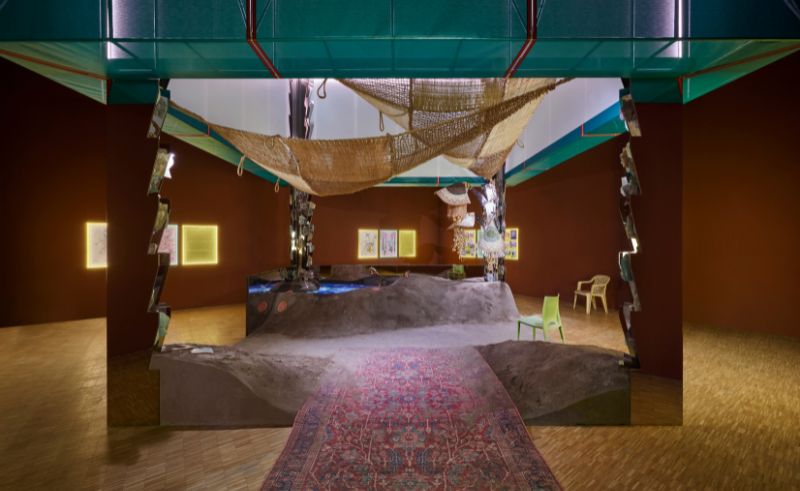
At the first Saudi Pavilion in the Triennale di Milano, a prestigious art and design exhibition in Italy, Lulu Almana and Sara Al-Omran created a portal to the rural region of Al-Ahsa. The installation, ‘Maghras, A Farm for Experimentation’, takes after the name of a physical site in Al-Ahsa, and recreates it in Milan to platform community voices from the region and allow them to become part of an urgent conversation on how changing landscapes impact historical narratives.
Al-Ahsa is the largest date palm oasis in the world, home to a rich ecosystem of agriculture, wildlife and bodies of water in the middle of a desert, as well as UNESCO World Heritage site. But it is also where the rural and the urban meet, a border between deeply rooted tradition and swelling economic development. Its agricultural transformation mirrors larger phenomena of urban sprawl, the depletion of ground water, and desertification, raising questions on how this transformation further alters local cultures.
“These questions are very specific to Al-Ahsa, but also very global,” Almana said. “In many parts of the region, like in Egypt and Cairo, there's resonance to these questions. That is what made it even more interesting to take Maghras to Milan and have these global conversations.”
Co-curators Almana and Al-Omran are childhood friends from the eastern city of Al-Khobar. While they went down different paths in their careers, with Almana working as a landscape architect focused on public spaces and parks in the Gulf, and Al-Omran as the Deputy Director of Art Jameel Centre in Dubai, they came back together as adults, hoping to root themselves back in Saudi Arabia, and specifically in Al-Ahsa. For Al-Omran in particular, Al-Ahsa is where her grandparents come from.
In May 2024, they were approached by the Saudi Architecture and Design Commission to submit a proposal for the Triennale. By the end of the summer, they launched Maghras, working to develop the Al-Ahsa site and exhibition in tandem. The exhibition in Milan began on May 13th, 2025 and will run through November 19th, 2025.
The name ‘Maghras’ comes from a word that means 'Cultivation'. But in Al-Ahsa, it is also an ancient unit of measurement - the space between four palm trees. This intersection of land and history in Al-Ahsa is where Almana and Al-Omran position their work. They wanted to create a community centre that engages different research methods and cultural practitioners in Al-Ahsa.
Their main research method was dialogue, speaking to the community, hearing people’s stories, and documenting narratives about the changing environment and evolving landscape. They also drew from a wealth of archival material and media to address a gap in understanding of how the culture of Al-Ahsa emerges from its natural environment.
“We didn't want to just observe and report, but rather create a dialogue and have an active conversation,” Al-Omran said. “The focus became more and more about building community. That was the intention from the beginning.”
One project that brought the different elements of Maghras together was the research on Midad, a craft local to Al-Ahsa, wherein weavers use native palm leaves to create mats. In the village of Al-Jarn, craftsmen and women harvested the plant and turned their homes into workshops, exporting the mats all the way to Basra and Makkah. But now, the art is dying, and through Maghras, the curators learned that there is only one craftsman who is keeping this practice alive.
Their findings came full circle when one of the commissioned artists, Jeddah-based architectural designer Leen Ajlan, was investigating the expansion of agrarian monoculture and the impact of artificial fertilizers on soil and water quality in Al-Ahsa. She interviewed local farmers, including the Midad craftsman Almana, that Al-Omran had recently discovered through their research.
“Leen understood the urgency and importance of this craft being endangered,” Almana said. So she decided to incorporate Midad in her piece, which is now part of the canopy in the middle of the Milan exhibit. Almana believes this full circle moment is an example of how the Maghras community works to complete each other’s stories and enrich a larger vision.
The Milan installation centres on a Maghras; a plot of soil covers the wooden floor between four mirrored pillars that mimic palm tree trunks. The surrounding walls display windows of research accompanied by written plaques. It is a sample of what exists in the Al-Ahsa farm. The curators did not aim to include everything from the Maghras farm, but instead to blend established and emerging voices who are responding to the changing environment with a focus on storytelling.
Other contributions to the exhibition include Al-Ahsa local and visual artist Mohammed Al-Faraj’s multimedia film installation ‘What Is the Frog Saying?’ that explores a local folk tale, as well as a sonic essay by Sawtasura, a research platform by artist Tara Al-Dughaither dedicated to non-tangible heritage and art in the region. She uses recordings of women’s oral histories as a window into the environment.
Almana and Al-Omran are currently working on their second season of programming at Maghras, and come Fall, plan to release a book that brings their first year of research together as well as written contributions from across the region - all the way from Qatar to Bahrain to Ghana.
“This book is hopefully a way to hold all of these stories and traces of conversations,” Almana said.
Behind the scenes, Vision 2030 aims to develop heritage sites like Al-Ahsa into global tourism destinations. Al-Omran credited the national transformation plan’s focus on cultural development and investment in the arts for allowing initiatives like Maghras to emerge.
As the area develops, Almana envisions Maghras as a site that holds on to what makes Al-Ahsa raw, unique, and authentic in its community.
- Previous Article BeBatroun Resort Brings Stone, Sea, & Soul to Lebanon’s North Coast
- Next Article Dubai's RTA to Auction 90 Premium Number Plates
Trending This Week
-
Sep 15, 2025


